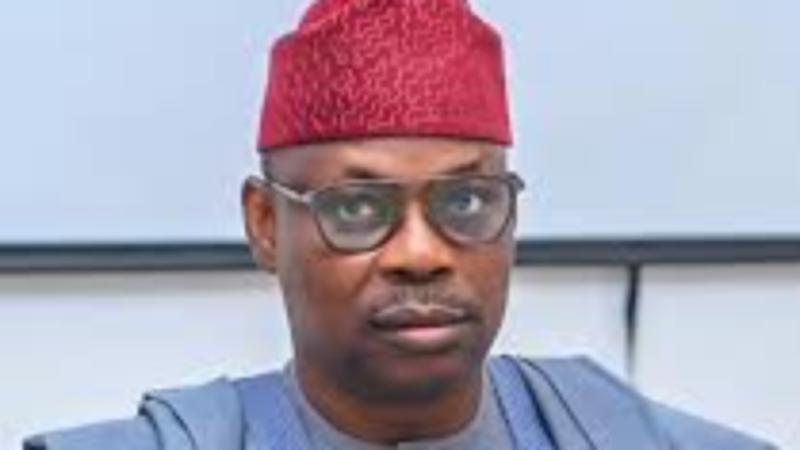The Minister of State for Health and Social Welfare, Dr Iziaq Salako, on Thursday, said the number of licensed medical and dental professionals in Nigeria increased from 64,949 in 2022 to approximately 66,241 in 2024.
He said this at the 2025 Business Day health conference in Abuja, with the theme: “Transforming Nigeria’s healthcare landscape: Government reforms as catalysts for unlocking full potential of the healthcare value chain.”
The figure reflected two per cent growth in a sector affected by brain drain, widely known as Japa syndrome.
Over the past five years, professional bodies such as the Nigerian Medical Association and the Medical and Dental Consultants’ Association of Nigeria have raised alarm over the mass emigration of doctors, nurses, pharmacists, and other health workers, often citing poor remuneration, unfavourable working conditions, insecurity, and lack of infrastructure.
Speaking at the conference on Thursday, Salako said the Federal Government had been taking bold and strategic steps to reposition the sector, not as a cost centre, but as a critical investment opportunity capable of delivering on national security, productivity, and socio-economic advancement.
He noted that the Nigerian Health Sector Renewal Initiative, launched in December 2023, was the bedrock of the health sector transformation agenda to drive sustainable systemic change.
Outlining some of the ongoing deliverables of the NHSRII, the minister said, “Nigeria’s health workforce has been under severe strain due to years of underinvestment, suboptimal working conditions, and migration pressures.
“To reverse this trend and restore the health workforce pipeline, we have introduced a comprehensive Human Resources for Health Development Strategy that is pragmatic, contextual, and future-facing.
“The Federal Ministry of Health and Social Welfare is expanding training capacity across educational institutions that train health workers, including doctors, nurses, laboratory scientists, and pharmacists, through the expansion of training capacity of existing institutions and the establishment of new ones.
“As an example, the admission quota to train medical and dental doctors has increased by 38 and 62 per cent respectively since 2023, while the number of medical and dental schools increased by 32 and 27 per cent in this same period, with an additional 20 schools at various stages of accreditation.”
Speaking on efforts by the administration, Salako said, “In 2024, 4,399 medical doctors and 274 dentists graduated in Nigeria.
“These numbers reflect ongoing progress, with the total number of licensed medical and dental professionals increasing from 64,949 in 2022 to approximately 66,241 in 2024, representing a two per cent growth rate.
“We have, in the last two years, established 19 new schools of nursing across the country.
“Also, in 2024, due to the reformation of the process to employ health workers, we employed about 15,000 of various cadres to strengthen our federal health institutions.”
He stressed that the government was implementing community health workforce development through the National Primary Health Care Development Agency, increasing residency slots and internship placements, improving remuneration packages, and creating performance-based incentives to retain talent in underserved areas.
The minister also said the government was implementing the health workers migration policy to better manage the migration of health workers from the country and harness the organised contribution of Nigerian health workers in the diaspora.
He lamented the lack of reliable energy as one of the challenges to effective service delivery in health facilities across the country.
He said to complement this effort, the Federal Ministry of Health had launched an additional initiative, tagged “Power in the Health Sector.”
The initiative, according to him, was expected to further refine the policy framework to ensure deployment of energy solutions in health facilities in line with a clear policy framework, inclusive participation of government, health facilities, investors, development partners and the civil society.


